Designed Alliance - Intentional Relationship Building (with Teams and Individuals)
Using this Designed Alliance tool can be a great way to set yourself for success when supporting a new team or setting up a new collaboration with an individual.
It helps guide your conversation to successfully charter and align on the type of support needed from you and gives you a clear mandate to work with and build on.
It can be a great way to kick off a new coaching or mentoring agreement. Or also used as a Leadership Alliance, where you work together with a senior leading in an organisation to help them achieve their desired outcomes.
There are a few different Design Alliance tools out there and I often found them hard to use or the language confusing, so this is why I decided to create my own.
The best way to use the tool is to ask permission first of the team or individual to give the tool a try, with the aim of helping you understand how you can best support them and set things up for successful collaboration.
You can print out a copy and hand it to them, you can fill it in together on an online whiteboard or you could whiteboard the key questions together in person and take a picture to document and share afterwards.
The tool covers four key areas;
What the team or person needs from you
How you collaborate (the process, cadence and tools)
How you work together (the environment you create and how you behave)
What you need from the team or person to succeed
Use the example questions above to drive the conversation and create your own.
Once you are comfortable with the tool you might like to experiment and make things more conversational, without the need for the template. I suggest you still make notes and share them back afterwards, that way you can ensure alignment.
I’d love to hear from you, if you have found this tool useful. Please feel free to use the comments or share back your experiences and tag me in LinkedIn.
If you need support as an individual or if you have teams that need my support as an Agile Coach with a focus on delivery and outcomes, then please get in touch.

